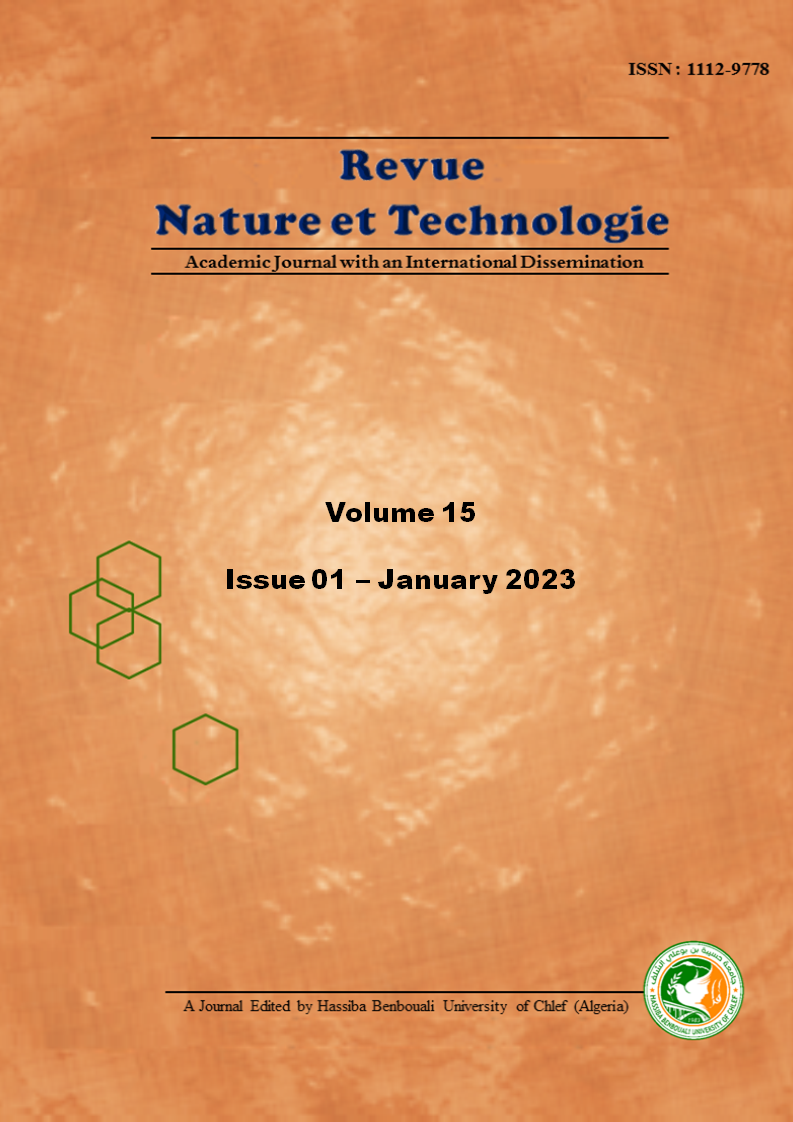Production of an eco-mortar devoted to the restoration of architectural ornaments
Abstract
Architectural ornaments, used as decorative elements, are made of stone; but most of their components contain gypsum. It is found that the deterioration of ornaments is attributed to water penetration, biological colonization, micro and macro cracking and partial and (or) complete detachment from their supports. Many rehabilitation operations of architectural ornaments have failed to use the appropriate material for the needs of the project. The use of construction waste, particularly used brick, is currently widespread for such operations. For an efficient and sustainable use of these materials, an experimental study was conducted to investigate the influence of the content of waste brick on the physical and mechanical properties of gypsum mortar. The main variables in this study being the waste brick content and the substrate type. The Water/Mortar ratio of all mixes was kept constant to maintain a similar level of workability. Numerous tests were performed to evaluate the physical and mechanical behavior of the gypsum mortars, including bond test, X-ray and SEM analysis. The results obtained show that the bond strengths of the mortars are greater when the substrate is made of limestone compared to the substrate made of bricks. However, an excessive percentage of brick waste in the mortar can have negative effects and reduce the bond strength. Plaster mortars made with 75% waste brick should be recommended for the rehabilitation of architectural ornaments.

Downloads
Published
How to Cite
Issue
Section
License
Copyright (c) 2023 Nature & Technology Journal

This work is licensed under a Creative Commons Attribution 4.0 International License.
- All publications of "Nature & Technology Journal" are available under CC-BY Creative Commons Attribution 4.0 International which allows sharing, copying, reproduction, distribution, communication, reuse, adaptation by all means, in all formats and under all licenses.
- Any exploitation of the work or derivative works, including for commercial purposes, is possible. The only obligation is to credit the creators of the authorship of the original works, to indicate the sources and to indicate if modifications were made to the works (obligation of attribution).
This License gives:
- Nature & Technology Journal the right to develop, promote, distribute and archive the article set cited above (including, without limitation, the right to publish the work in whole or in part in any form whatsoever) and ensure the widest dissemination.
- The author (s) reserves the right to use all or part of this article, including tables and figures of his own works, providing that the appropriate recognition is given to the publisher as the holder of the copyrights, and the right to make copies of this article for its own use, but not for sale.




